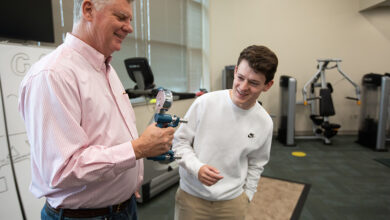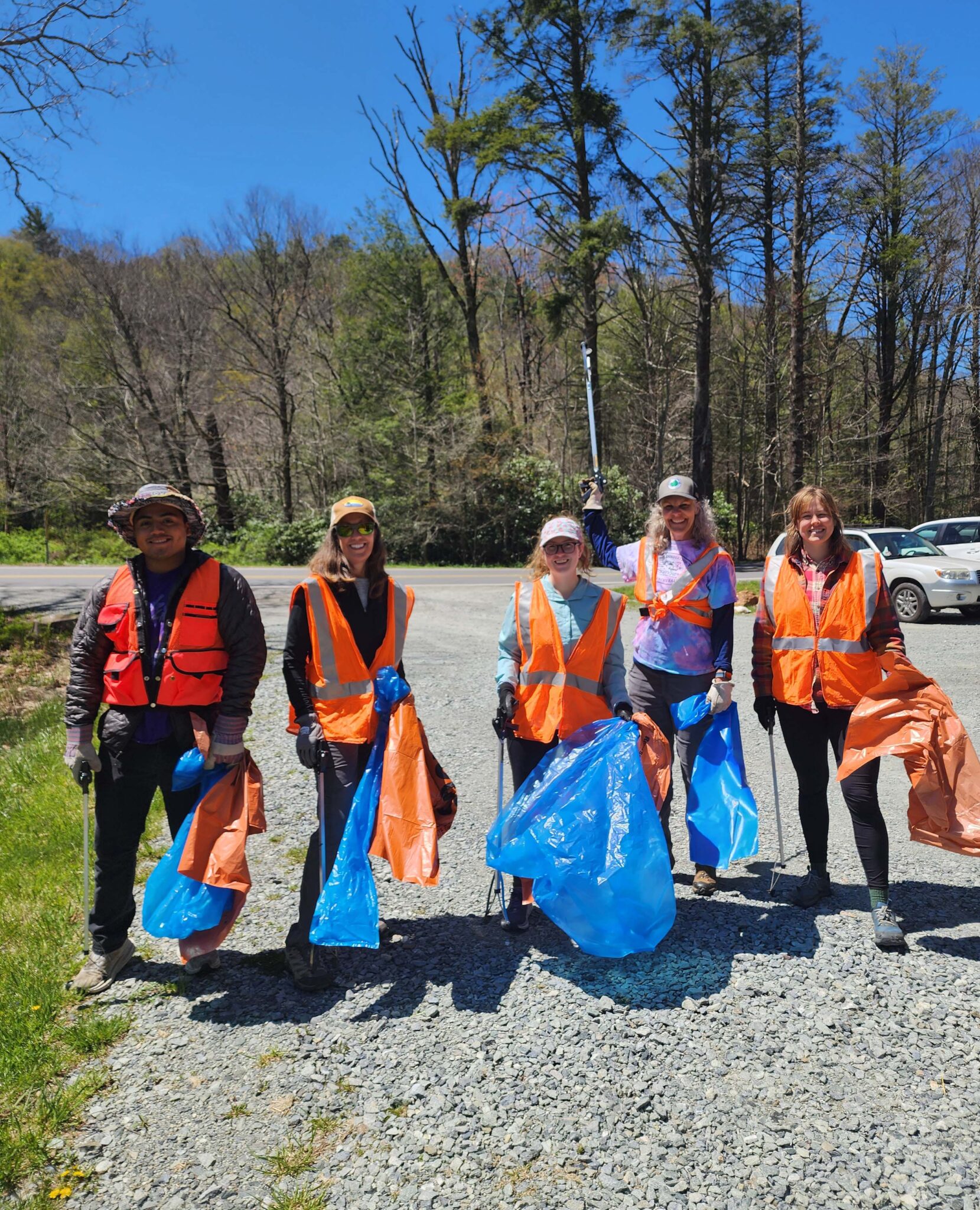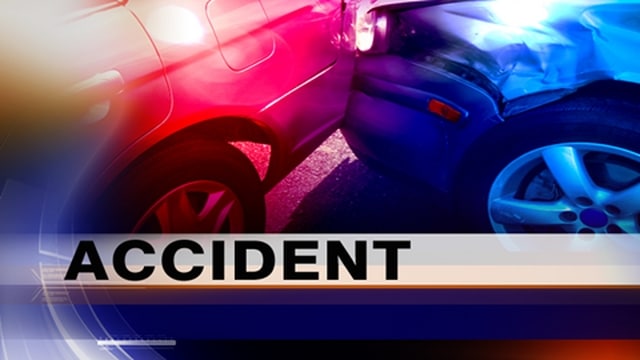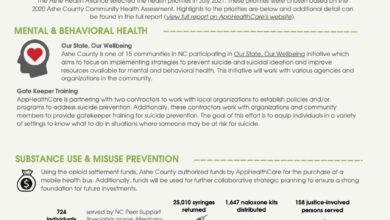Last Updated on February 17, 2023 9:22 am
The most comprehensive research ever conducted into crash videos of teen drivers has found significant evidence that distracted driving is likely a much more serious problem than previously known, according to the AAA Foundation for Traffic Safety. The unprecedented video analysis finds that distraction was a factor in nearly 6 out of 10 moderate-to-severe teen crashes, which is four times as many as official estimates based on police reports.
Researchers analyzed the six seconds leading up to a crash in nearly 1,700 videos of teen drivers taken from in-vehicle event recorders. The results showed that distraction was a factor in 58 percent of all crashes studied. NHTSA previously has estimated that distraction is a factor in only 14 percent of all teen driver crashes.
“This research into crash videos has allowed us to better understand the seconds leading up to a crash in a way that was previously not possible,” said Tiffany Wright, President of the AAA Carolinas Foundation for Traffic Safety. “The in-depth analysis is proof that teen drivers are distracted in a much higher percentage of crashes than we previously thought.”
The most common forms of distraction leading up to a crash by a teen driver included:
Interacting with one or more passengers: 15 percent of crashes
Cell phone use: 12 percent of crashes
Looking at something in the vehicle: 10 percent of crashes
Looking at something outside the vehicle: 9 percent of crashes
Singing/moving to music: 8 percent of crashes
Grooming: 6 percent of crashes
Reaching for an object: 6 percent of crashes
Researchers found that drivers manipulating their cell phone (includes calling, texting or other uses), had their eyes off the road for an average of 4.1 out of the final six seconds leading up to a crash. The researchers also measured reaction times in rear-end crashes and found that teen drivers using a cell phone failed to react more than half of the time before the impact, meaning they crashed without braking or steering.
Video: AAA Foundation for Traffic Safety
“It’s a big concern that passenger interaction and cell phone use are such common distractions given that these factors increase crashes among teen drivers,” said David E. Parsons, president and CEO of AAA Carolinas. “While we have no-texting laws in both North and South Carolina, we need to do a better job of educating our young motorists on the dangers of distracted driving.”
Parents play a critical role in preventing distracted driving. AAA recommends that parents teach teens about the dangers of cell phone use and restrict passengers during the learning-to-drive process. Before parents begin practice driving with teens, they should create a parent-teen driving agreement that includes strict ground rules related to distraction. AAA offers a comprehensive driver education program, where teens can learn specifically how using a cell phone affects driving abilities and increases their crash risk. For more information, visit TeenDriving.AAA.com.
Teens have the highest crash rate of any group in the United States. About 963,000 drivers age 16-19 were involved in police-reported crashes in 2013, which is the most recent year of available data. These crashes resulted in 383,000 injuries and 2,865 deaths.
Lytx™, Inc., a global leader in video-based driver safety technology using in-vehicle event recorders, provided the collision videos. The Lytx DriveCam program collects video, audio and accelerometer data when a driver triggers an in-vehicle device by hard braking, fast cornering or an impact that exceeds a certain g-force. Each video is 12-seconds long and provides information from before and after the trigger.
Established in 1999, the AAA Carolinas Foundation for Traffic Safety is a not-for-profit, publicly-supported charitable educational and research organization. Dedicated to saving lives and reducing injuries on our roads, the Foundation’s mission is to prevent crashes and save lives through research and education about traffic safety.
















